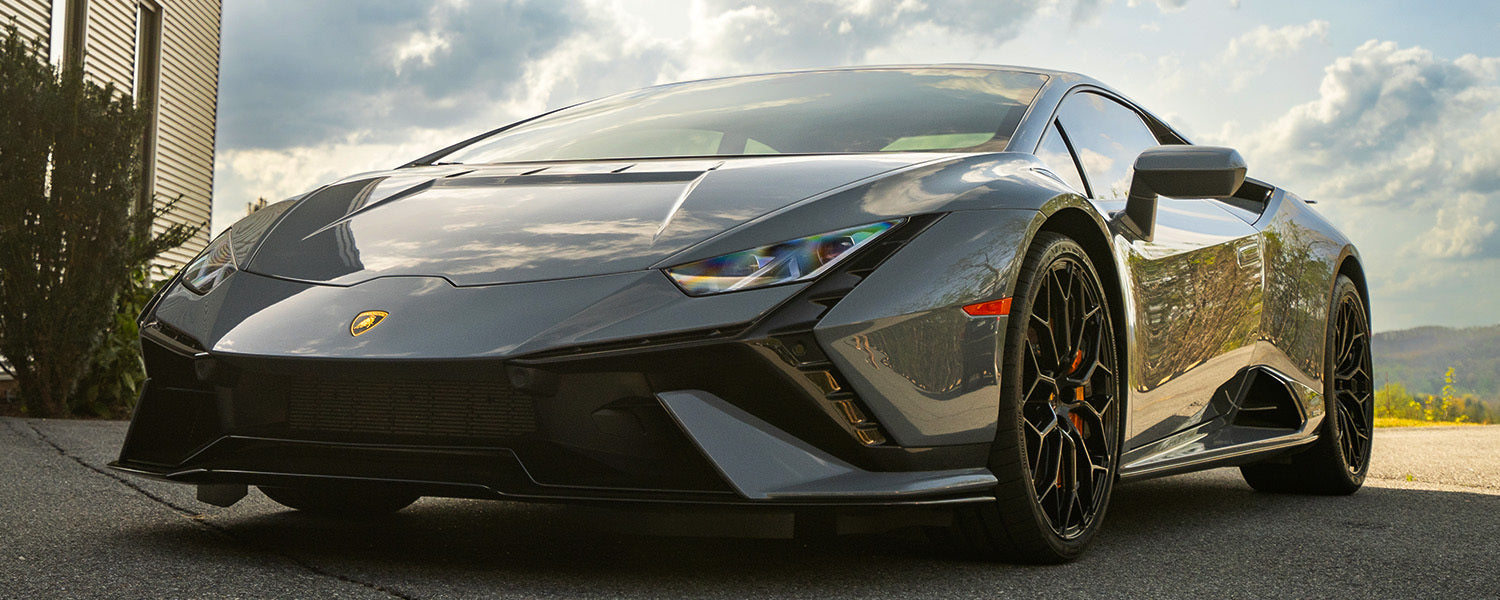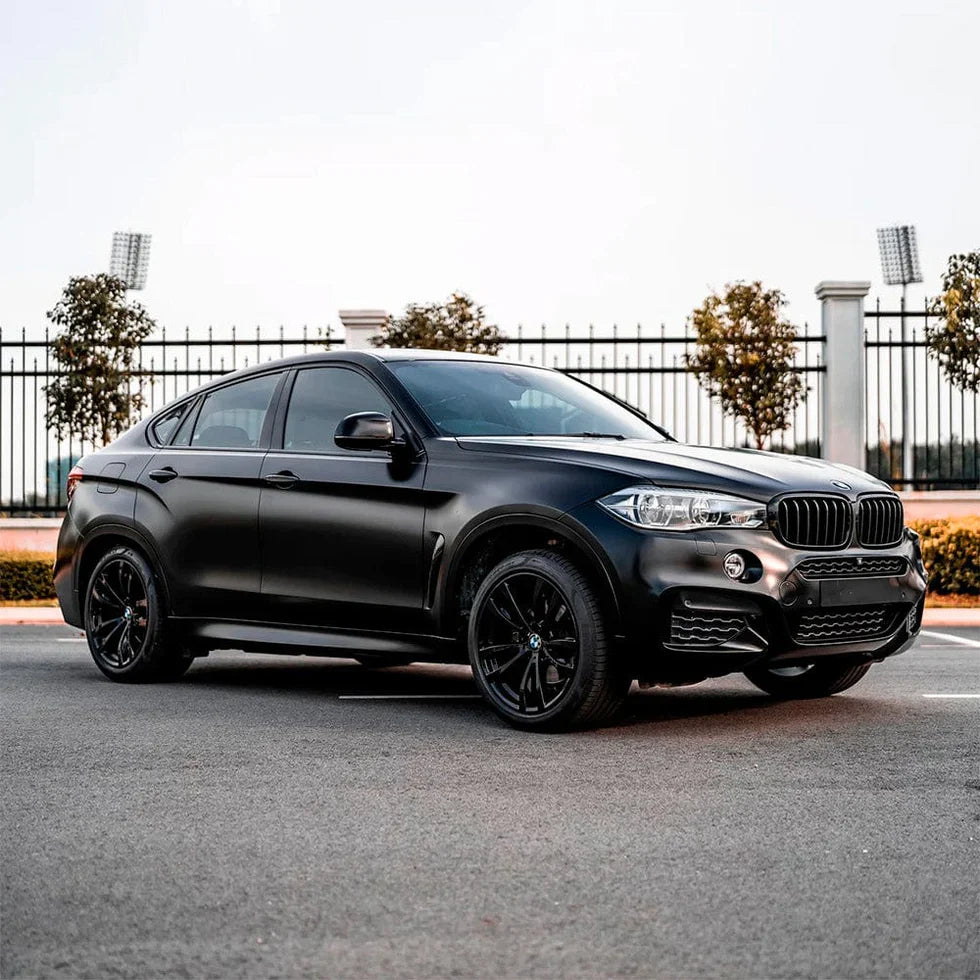Your car’s paint is more than just eye candy—it’s a critical layer of protection. But with road debris, UV rays, and everyday wear threatening its shine, how do you keep it looking flawless?
Two of the most popular solutions are Paint Protection Film (PPF) and Ceramic Coating. Both offer serious defense, but they work in very different ways.
So, which one is right for your car? Let’s break it down.
What Is Paint Protection Film (PPF)?
PPF is a clear, ultra-durable film applied to your car’s exterior. Made from thermoplastic polyurethane (TPU), it acts like an invisible shield against:
✅ Rock chips & scratches
✅ Bug splatter & road grime
✅ UV rays & oxidation
✅ Minor abrasions (thanks to self-healing properties!)
Bonus: PPF is hydrophobic, meaning water beads right off, making washes a breeze.
How long does it last? 5-7 years with proper care.
Best for: New cars, luxury vehicles, and drivers who face rough roads.
What Is Ceramic Coating?
Ceramic coating is a liquid polymer that chemically bonds with your car’s paint, creating a hard, glossy layer. It excels at:
✅ Enhancing shine & depth of color
✅ Repelling water, dirt, and contaminants
✅ Protecting against UV damage & oxidation
✅ Making cleaning easier (less dirt sticks!)
But here’s the catch: It won’t stop rock chips or deep scratches—it’s more about surface protection and aesthetics.
How long does it last? 2-5 years, depending on maintenance.
Best for: Daily drivers, leased vehicles, and anyone who wants a showroom shine with less upkeep.
PPF vs. Ceramic Coating: Key Differences
| Feature | PPF | Ceramic Coating |
|---|---|---|
| Protection | Physical barrier (scratches, chips) | Chemical resistance (UV, stains) |
| Self-Healing? | Yes (minor scratches disappear with heat) | No |
| Hydrophobic? | Yes | Yes |
| Lifespan | 5-7 years | 2-5 years |
| Finish | Gloss, matte, or satin | High gloss |
| Cost | $1,500–$8,000 (full car) | $1,000–$3,000 |
Which One Wins?
✔ PPF = Best for physical protection (ideal for new cars, off-roaders, and high-impact areas like hoods & bumpers).
✔ Ceramic Coating = Best for shine & easy maintenance (perfect for daily drivers and leased vehicles).
Pro Tip: Want ultimate protection? Combine both—apply PPF first, then add ceramic coating on top for unbeatable defense + gloss.
Final Verdict: Which Should You Choose?
Go for PPF if you…
-
Drive in harsh conditions (gravel roads, highways)
-
Own a new or luxury car
-
Want long-term protection (5+ years)
Choose Ceramic Coating if you…
-
Want a deep, glossy shine
-
Prefer low-maintenance cleaning
-
Are on a budget (it’s cheaper than full PPF)
The Ultimate Combo?
For maximum defense + shine, layer ceramic coating over PPF—best of both worlds!
Ready to Protect Your Ride?
Whether you pick PPF, ceramic coating, or both, your car’s paint will thank you. Which one are you leaning toward? Let us know in the comments! 🚗💨






Share:
DIY Car Wrapping Disasters: How to Avoid Costly Mistakes
🚘 HighCool Windshield Protection Film – The Invisible Shield for Your Glass